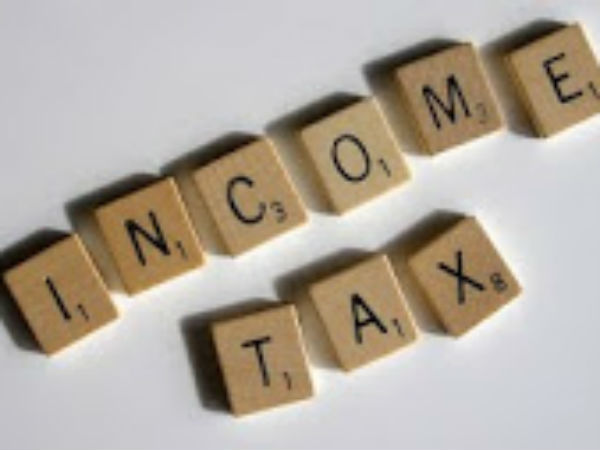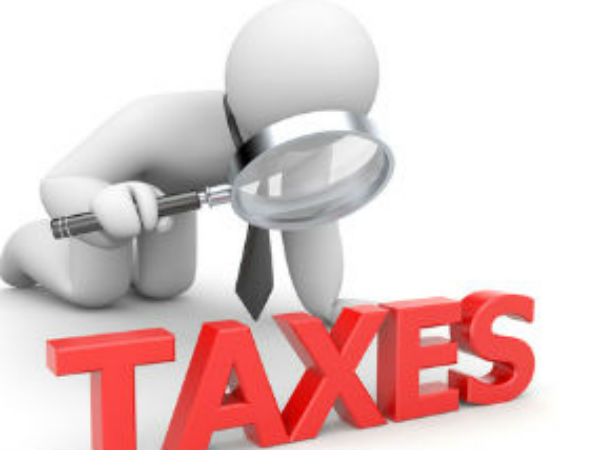How to Fill Salary Details in New ITR-1 for FY 2017-18?
You may be aware that the CBDT (Central Board of Direct Taxation) has introduced new ITR (income tax return) forms. The ITR-1 form (Sahaj) is to be filed by those whose income from salary/pension, one house property and other sources do not exceed Rs 50 lakhs.
The new ITR-1 form, however, requires the taxpayer to enter salary break-up details while filing ITR, unlike last year. Filing your ITR for the financial year 2017-18 has to be completed by the deadline of 31 July 2018.
Before you start make sure you have all the necessary documents with you. It is best if you are prepared, as the e-filing website remains active for only 15 minutes. So you can prepare yourself with the below details on a piece of paper before you start filling the form on the IT department website.
Your salary will generally include:
- Basic salary
- HRA (house rent allowance)
- Special allowances
- Other allowances
You need to fill your income details in the third-tab of the form rightfully labeled "income details." The five rows in the tab will be break up your salary as:
- Salary
- Allowances not exempt (from tax)
- Value of Perquisites
- Profits in lieu of salary
- Deductions under section 16
Now, your Form 16 will contain two parts- A and B. Part A includes name, address, TAN and PAN of the employee along with your PAN and TDS (tax deducted at source) that was deposited quarterly by the employer on your behalf. Part B will include a salary break up and deductions that you can claim.
You can also check the TDS on your salary and if your employer has actually deposited it to the IT department by looking at your Form-26AS. It is important to check this to make sure the amount deducted on your salary matches Form-26AS, or you will receive a notice from the IT department.
Where to find details need on your Form 16?

1. Salary
You should be able to find it in Part B of form 16. If the break up is not clear, refer your payslip. The 'salary amount' will include basic salary/wages, annuity/pension, gratuity, advance salary, encashment of leave, fees, commission, etc.
It will not include profit in lieu of salary, perquisites, and all allowances. Calculate the amount accordingly.

2. Allowances not exempt
Part B of your Form 16 provides you tax-exempt information, so you will need to compute allowances that are not tax-exempt from your payslips.
Each allowance is taxed differently, some fully taxed, some partially. HRA, for example, is partially tax-exempt if you live in a rented place. Special allowances, on the other hand, are fully taxable.
For allowances exempt from tax, find the details under 'Taxes Paid and Verification' in point 2 of part B of your Form 16.
Transport allowance up to Rs 19,200 is exempt from tax for the FY 2017-18 (for which you will be filing tax).

3. Value of perquisites
Apart from salaries if your employer provides benefits like rent-free accommodation, car for personal/official use, ESOPs, sweat equity shares, etc., these are perquisites.
Part B of your Form 16 will have a heading "value of perquisites" for perquisites that are taxable. Medical reimbursements are also considered perquisites. It is tax-exempt up to Rs 15,000 if medical bills are submitted to the employer.
Note that in the next year, transport allowance and medical reimbursements will be completely taxable but you will be entitled to a standard deduction of Rs 40,000.

4. Profits in lieu of salary
This includes anything you receive in addition to salary like voluntary retirement amount, retrenchment compensation, employer's contribution to PF in excess of 12 percent of salary, interest received from a recognized PF in excess of 9.5 percent in a year, joining bonus or payments received after cessation from employment.
You will find your taxable amount under the head "profits in lieu of salary under section 17(3)" in Part B of your Form 16.

5. Deductions under section 16:
These deductions are allowed only on salary income. These are provided on: entertainment allowance and tax on employment.
Entertainment allowance-which is exempt only for government employees-is exempt from tax on the amount that makes for the least of the following:
- Rs 5,000
- Actual amount received
- One-fifth of the salary excluding allowance and perquisites
Employment tax or professional tax that you may have paid to the state government, deductions can be claimed. Find the amount under the head 'deduction' of part B of Form 16.
The above information is restricted to filing the "salary/pension" details of the employee. On filing all the boxes, you will get "income charged under the head 'salaries.'"






























